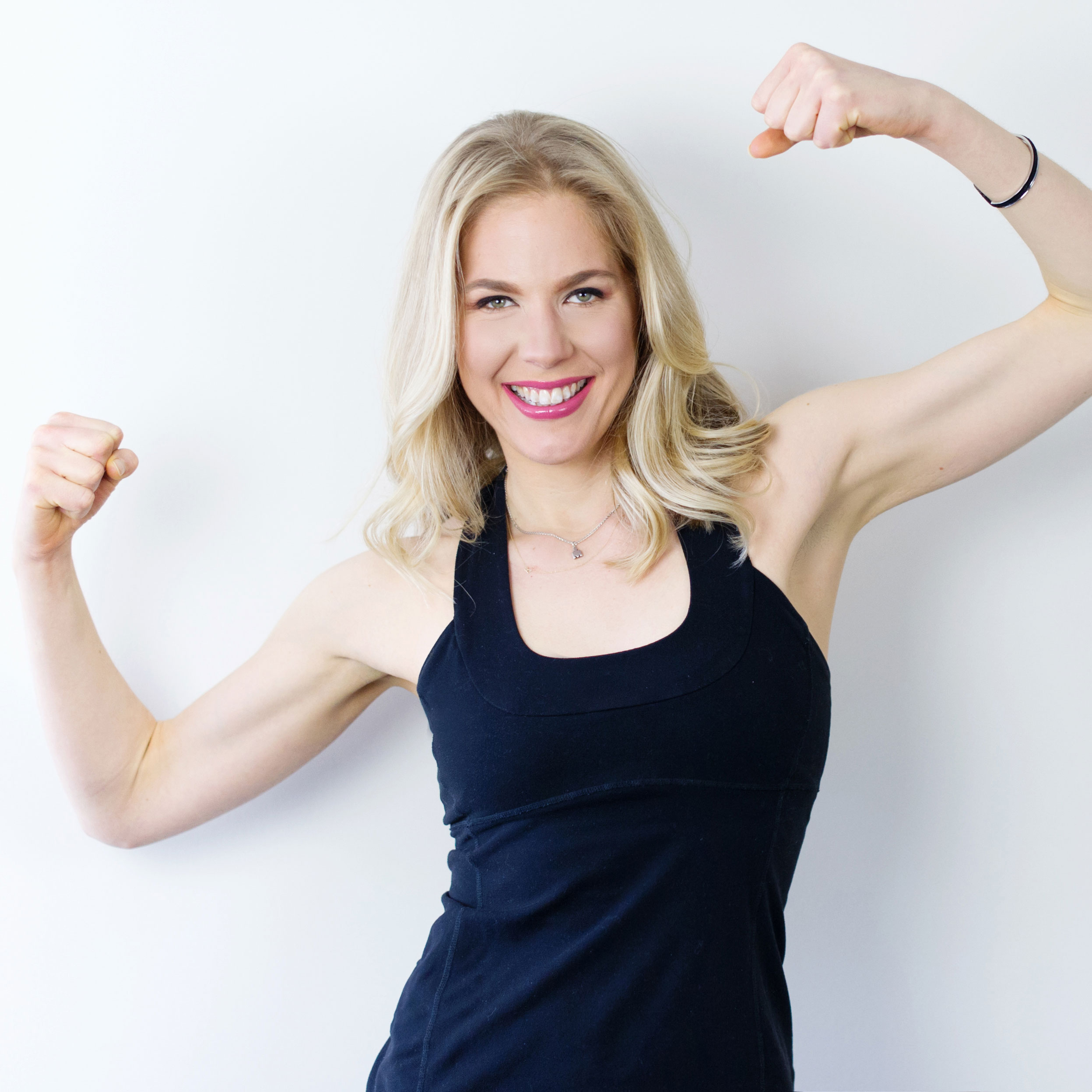Journaling the Next Generation: Beyond the Basic Food and Diet Journal

The traditional food and exercise journal is — for good reason — a staple of the health field. Too many of us overestimate our healthy choices and drastically underestimate our unhealthy ones — the foods we mindlessly eat, the workouts we skip, the degree to which we rely on coffee, etc.
Asking clients to record their food and exercise builds their “awareness muscle”; the act of recording illuminates the almonds they mindlessly scoop off a co-worker’s desk or the discrepancy between workouts completed and workouts planned. The process produces data that is useful for both of you. Once the client is aware of their current habits they can consciously create better habits. Once the health practitioner knows what a client actually does — vs what they think they do — the practitioner is better able to individualize advice. (Side note: Don’t think that just because we are in the field that we are above journaling. I personally try to journal my habits every few months to make sure my actual lived experiences match how I believe I live my life.)
My suggested journaling tweak is to move beyond the traditional food and exercise log. Sure, the classic “record everything” health journal is a great starting point, but it doesn’t address how we spend our time (and how we spend our time is upstream of our food and exercise choices), it doesn’t help clients connect their exercise habits to their mood, and it doesn’t help clients connect their food choices to their emotions and satiation levels.
Suggest to your clients that they try a time journal, a mood journal, and/or an “X and O” journal
HOW TO EXPLAIN JOURNALING TO CLIENTS
I frame journaling to clients as “biceps curls” for their brain — the act of being mindful and recording data builds their “awareness muscle,” and awareness brings choice.
You can’t create new healthier habits until you are aware of your current habits. You can’t decide to stop mindlessly eating a full dinner while cooking or swiping 500 calories of almonds off a co-worker’s desk until you know you are a “nibbler” or a “swiper.” You can’t intentionally choose to spend your time in more productive ways until you know how you currently spend your time.
As the famous business adage goes, “what gets measured gets managed” — you can’t possibly manage your health if you don’t know what you are putting in your mouth or your exercise habits. Once you are aware of your client’s current choices and habits, use the “data” from the journal to create realistic goals and a tailored action plan.
THE THREE JOURNALS
TIME JOURNAL
How many times have your clients stated a wish to exercise between sessions, but then been “too busy”? How many times have clients decided to eat well and then “something came up”? If you want your clients to get on top of their health, they have to get in control of their time. Too many of us fritter time away, let emergencies dictate how the day gets used, or have no idea how we actually use our minutes, hours, and days. Time is our most valuable resource — we can’t make more time.
Get clients to journal how they spend their time and then analyze the data. Colour code or use graphs to sort activities — meetings, creative work, time with clients, sleep, time with family, etc. Categories will obviously depend on if clients have a family, their job, etc. Then analyze time allocation. For example, see where they are wasting 20 minutes on social media — with 20 minutes they can do five Tabata intervals and that is a great workout.
MOOD JOURNAL
Ask clients to track their mood and energy out of 10 pre and post workouts. Why? Often the hardest part of being active is finding the ignition energy to start. Through tracking mood pre and post exercise, one can see that they always feel better post workout. Then, suggest to clients that they use the data to convince themselves to exercise when unmotivated. Possible self-talk could include, “Self, the data shows you always feel better when you move. Even if ‘better’ is only by 0.2, better is still better. Worst case, you work out and feel only marginally better, but you are fitter. Best case, you feel better and you will be fitter. Either way, it beats staying energetically low and being unfit.”
THE X AND O FOOD JOURNAL
This twist on the traditional food journal will help clients build their intuitive eating muscle and connect their food choices to their emotional state.
Tell clients to create an “O” for each meal and snack. If they basically ate well — consumed nutritiously dense food, stopped when full, ate when hungry, stayed hydrated, etc., they place an “X” over the circle and move on. It is only when they go off the rails at a meal or snack that they have to detail their food choices in the circle, as well as the reasons behind the less-than-ideal choice(s). Were they lonely? Sad? Tired? Bored?
After the fact, help clients set up systems that will allow their future self to deal with the emotion in a healthier way. For example, suggest they phone a friend when lonely.
MAIN TAKE-AWAY
Health doesn’t “just happen.” We all need a way to disconnect from our daily “sprint” and objectively observe and become aware of our thoughts and actions. None of us can become a fitter, healthier, more productive version of ourselves without first becoming aware of current choices, thoughts, and inner dialogue.

